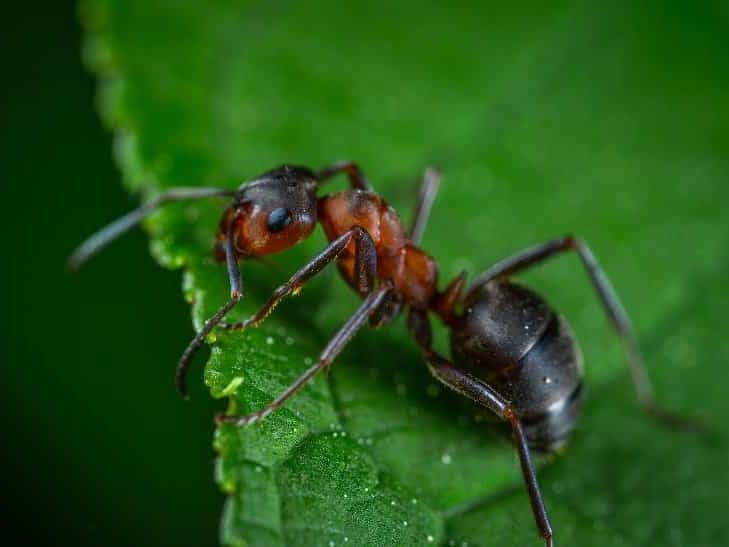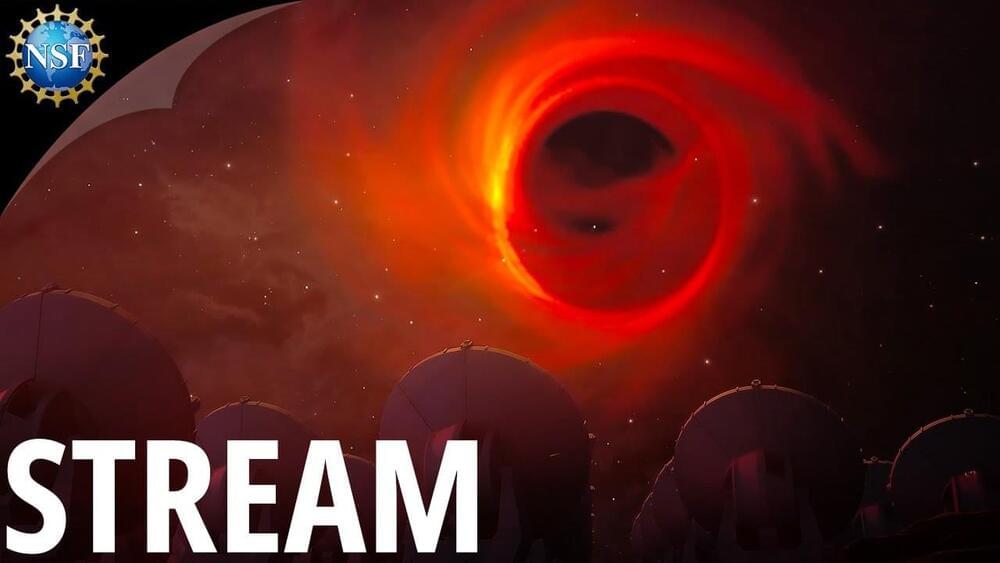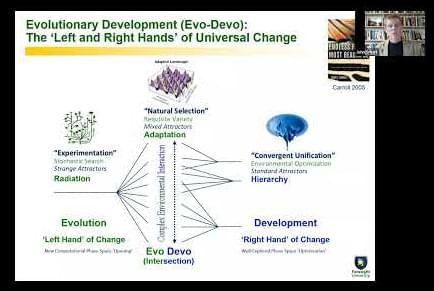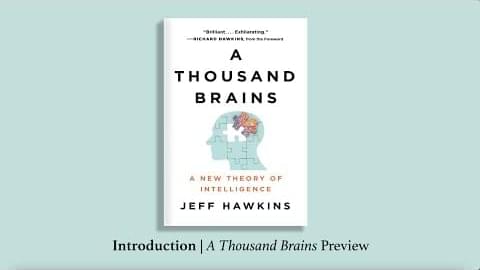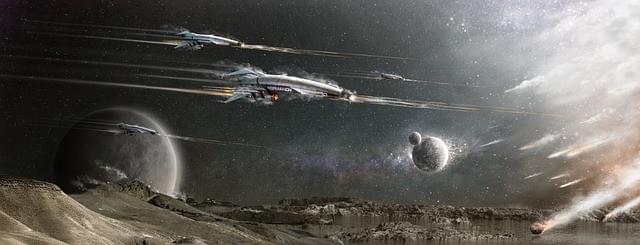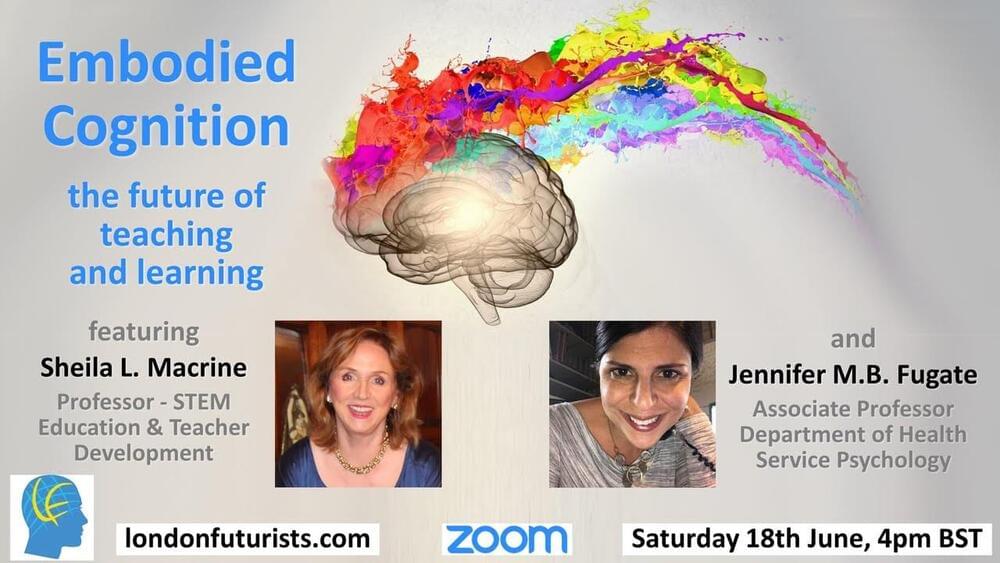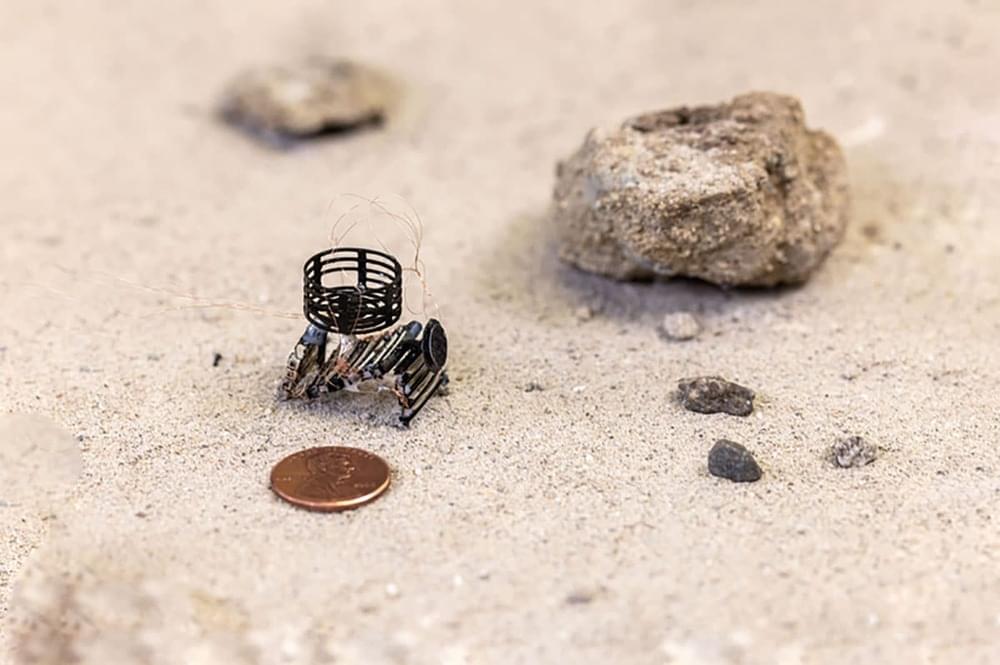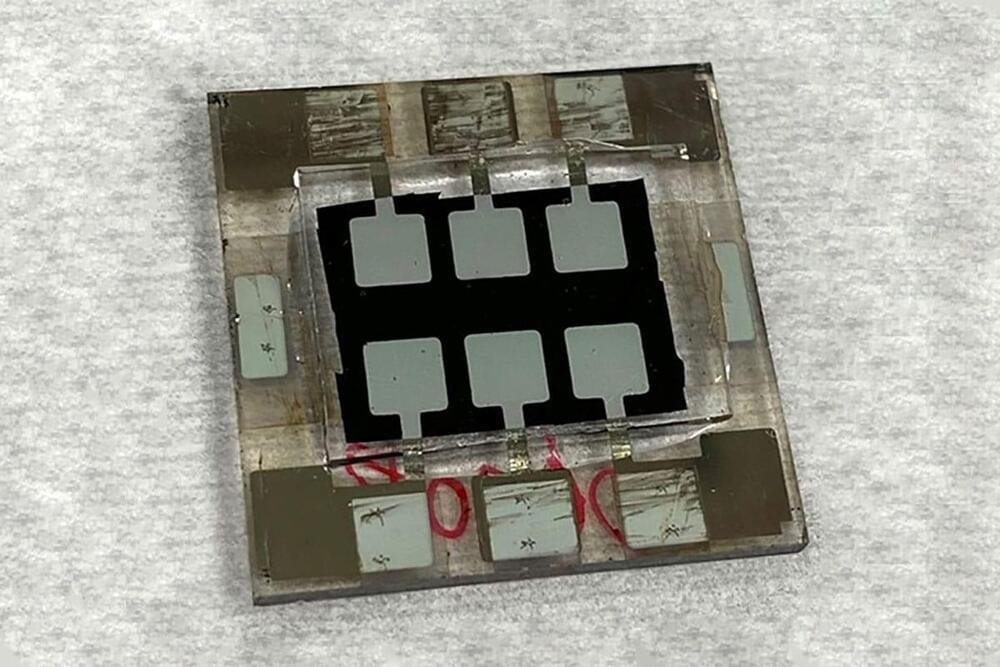Jun 19, 2022
Ant Brain Complexity Revealed for the First Time at a Cellular Level Using Single Cell Technology
Posted by Jose Ruben Rodriguez Fuentes in category: neuroscience
Summary: Using single-cell technology, researchers discover how the social division of labor in an ant colony reflects in the functional specialization of the ant brain at a cellular level.
Source: BGI Group.
International researchers led by China’s BGI-Research used single cell technology to study the brains of ants, explaining for the first time how the social division of labor within ant colonies reflects in the functional specialization of their brains at cellular levels.
